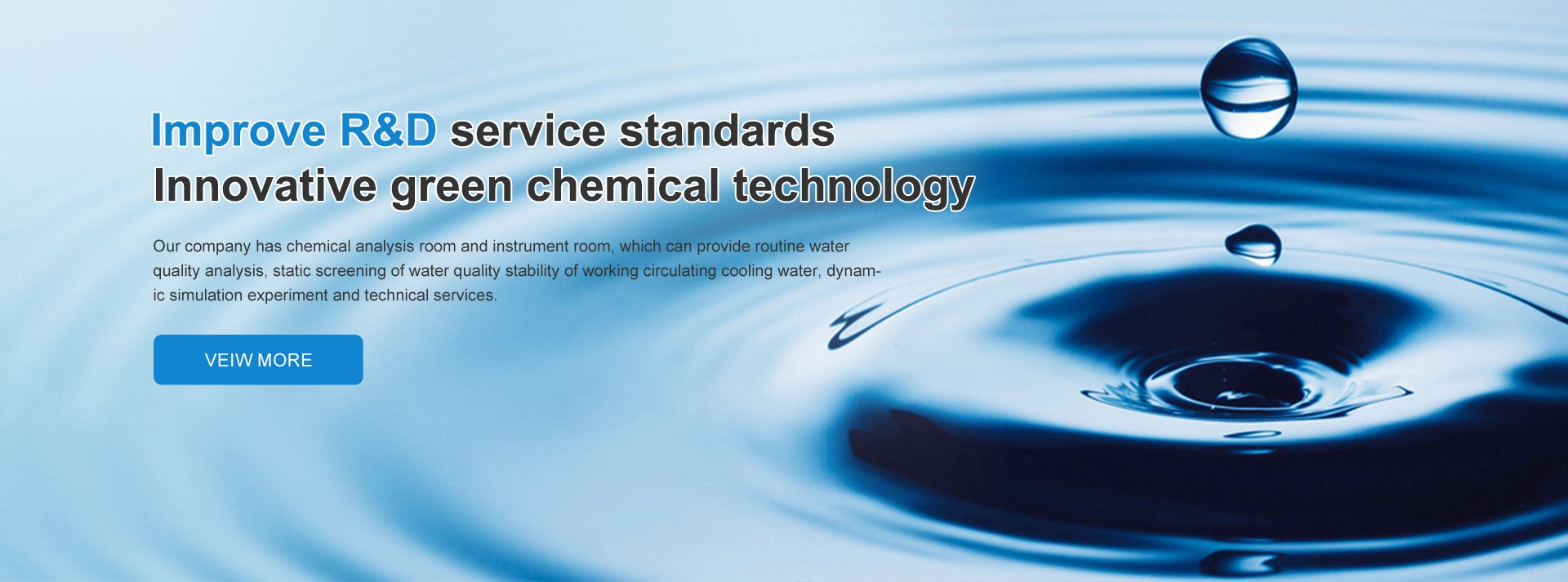Exploring the Benefits of Cationic Polyacrylamide as an Effective Flocculant in Water Treatment
The Role of Cationic Polyacrylamide Flocculants in Water Treatment
Cationic polyacrylamide (CPAM) flocculants are widely used in various industries, particularly in the field of water treatment. These synthetic polymers have gained popularity due to their ability to improve the clarity of water by facilitating the aggregation of suspended particles. This article will explore the structure, functionality, and applications of cationic polyacrylamide flocculants, highlighting their significance in environmental management.
Understanding Cationic Polyacrylamide
Cationic polyacrylamide is formed through the polymerization of acrylamide monomers, which are characterized by their positively charged groups. The presence of these cationic groups allows CPAM to interact with negatively charged particles and colloids in water, promoting flocculation, a process where fine particles clump together to form larger aggregates or flocs. This aggregation is essential in separating solids from liquids in various wastewater treatment processes.
Mechanism of Action
The effectiveness of cationic polyacrylamide as a flocculant lies in its molecular structure and charge. Upon addition to water, CPAM molecules adsorb onto negatively charged particles through electrostatic attraction. The long polymer chains of CPAM not only bridge multiple particles together but also neutralize the repulsive forces, leading to the formation of larger, denser aggregates. These flocs are then more easily removed through sedimentation or flotation processes, resulting in clearer water.
Applications in Water Treatment
cationic polyacrylamide flocculant

Cationic polyacrylamide flocculants are utilized in a variety of applications within the water treatment industry. One of the primary uses is in municipal wastewater treatment plants, where they help to clarify effluents by removing suspended solids, phosphates, and other contaminants. By improving the efficiency of solid-liquid separation, CPAM enhances the overall treatment process and reduces the environmental impact of wastewater discharge.
Additionally, CPAM is commonly employed in industrial applications, including paper manufacturing, mining, and oil reservoirs. In the paper industry, cationic polyacrylamide is utilized to enhance fiber retention and improve sheet formation. In mining, it aids in the separation of valuable minerals from waste materials, while in the oil industry, it helps in enhanced oil recovery processes.
Advantages of Cationic Polyacrylamide
The advantages of using cationic polyacrylamide flocculants are manifold. First and foremost, they contribute to significant reductions in chemical usage in water treatment processes, as they are highly effective at low concentrations. Their ability to operate in a wide range of pH levels and temperatures further enhances their versatility. Moreover, CPAM is generally fast-acting, enabling quick responses to changing water quality conditions.
However, it is important to handle cationic polyacrylamide with care due to its potential environmental impact. While it is effective, concerns about residual toxicity and biodegradability require proper management and disposal practices to prevent any adverse effects on aquatic ecosystems.
Conclusion
In conclusion, cationic polyacrylamide flocculants play a critical role in modern water treatment processes. Their ability to effectively aggregate suspended solids not only improves water clarity but also enhances the efficiency of wastewater treatment systems. As industries continue to seek sustainable solutions for environmental management, the importance of CPAM flocculants is likely to grow, paving the way for advancements in water treatment technology that prioritize efficiency, cost-effectiveness, and environmental protection. The ongoing research into enhancing the properties and applications of cationic polyacrylamide will further solidify its place as a key player in water treatment and pollution control initiatives.
-
Understanding Polycarboxylic Acids: Properties, Applications, and Future PotentialNewsJul.28,2025
-
Scale Inhibitor Explained: How to Protect Your System from Limescale and Hard Water DamageNewsJul.28,2025
-
Scale and Corrosion Inhibitors: Essential Chemicals for Industrial Water System ProtectionNewsJul.28,2025
-
Polyaspartic Acid: A Biodegradable Polymer for Sustainable ChemistryNewsJul.28,2025
-
Isothiazolinones: A Versatile Antimicrobial Class with Industrial Power and Regulatory ChallengesNewsJul.28,2025
-
A Deep Dive into 2-Phosphonobutane-1,2,4-Tricarboxylic Acid (PBTC)NewsJul.28,2025





